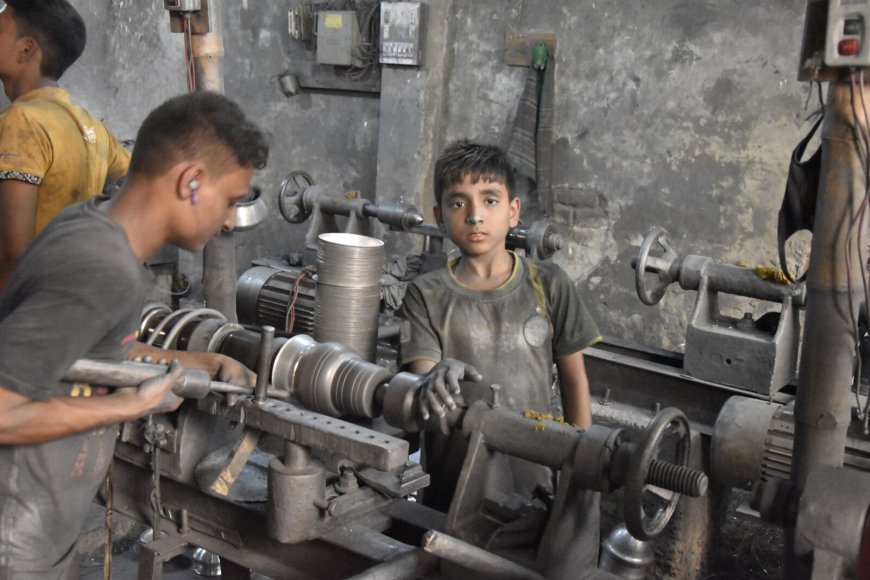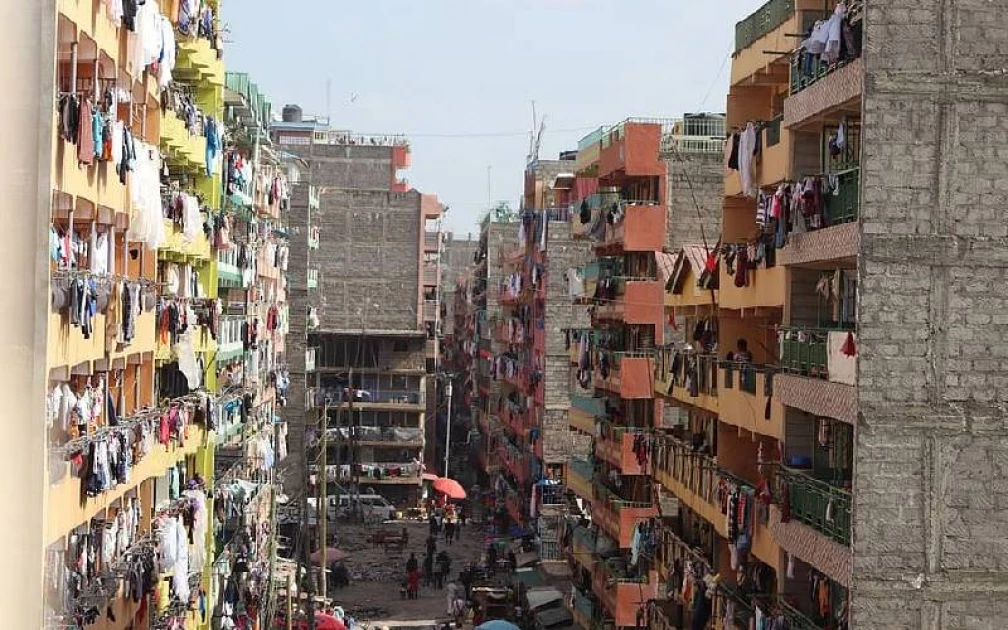Child Labor: The Unseen Workforce of the 21st Century
In the heart of bustling Nairobi, where the scent of freshly brewed coffee mingles with the chatter of busy streets, a silent workforce toils away, hidden from the public eye. This isn’t a scene from a bygone era but a stark reality of the 21st century. Despite global efforts to eradicate child labor, it is making a troubling comeback, not just in developing nations but also in the glittering metropolises of the developed world.

The Resurgence: A Global Perspective
Child labour, once thought to be a relic of the past, is re-emerging in unexpected places. In the United States, for instance, recent reports have highlighted the exploitation of children in various industries, from agriculture to fast food chains. Similarly, in Europe, the pandemic has exacerbated economic hardships, pushing more children into the workforce. It’s a grim reminder that child labour is not confined to the developing world; it’s a global issue that demands our attention.
Real-Life Stories: Faces Behind the Numbers
Meet Amina, a 12-year-old girl from rural Kenya. Every morning, while her peers head to school, Amina makes her way to a nearby farm. Her small hands, calloused from hours of picking coffee beans, tell a story of lost childhood and stolen dreams. Amina’s story is not unique. Across the globe, millions of children like her are trapped in a cycle of poverty and labour.
In the glittering streets of New York, 14-year-old Carlos works long hours in a fast-food restaurant to support his family. His dreams of becoming a doctor are overshadowed by the immediate need to put food on the table. These stories, though heart-wrenching, are crucial in understanding the human cost of child labour.
The Alarming Trend: Why Now?
So, why is child labour making a comeback? The COVID-19 pandemic has played a significant role. School closures, economic downturns, and the loss of parental jobs have forced many children into the workforce. Additionally, the rise of informal and gig economies has made it easier for unscrupulous employers to exploit child labour.
Combating Child Labour: What Can Be Done?

Addressing this issue requires a multi-faceted approach:
-
Strengthening Legislation: Governments must enforce stricter laws against child labour and ensure that existing regulations are upheld. This includes closing loopholes that allow for the exploitation of children in informal sectors.
-
Education and Awareness: Investing in education is crucial. By providing free and accessible education, we can keep children in schools and out of the workforce. Awareness campaigns can also help communities understand the long-term benefits of education over immediate economic gain.
-
Economic Support for Families: Providing financial assistance to families in need can reduce the economic pressure that forces children into labour. Social safety nets, such as unemployment benefits and food assistance programs, can make a significant difference.
-
Corporate Responsibility: Companies must take responsibility for their supply chains. This includes conducting regular audits and ensuring that their products are not the result of child labour. Consumers can also play a role by supporting ethical brands and demanding transparency.
A Call to Action
Child labour is a complex issue, but it is not insurmountable. By shining a light on the unseen workforce of the 21st century, we can galvanize action and bring about change. It’s time to give children like Amina and Carlos their childhoods back. After all, they are not just the workforce of today but the leaders of tomorrow.
What's Your Reaction?






































































































